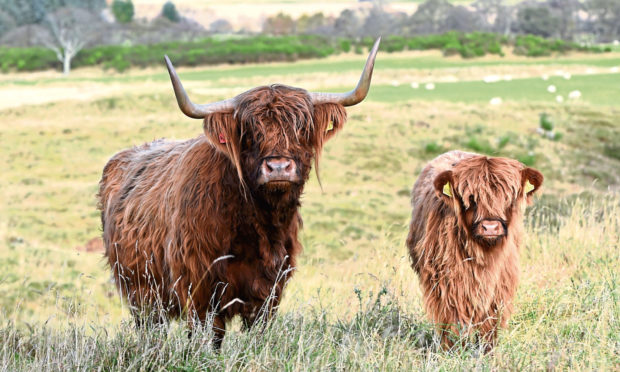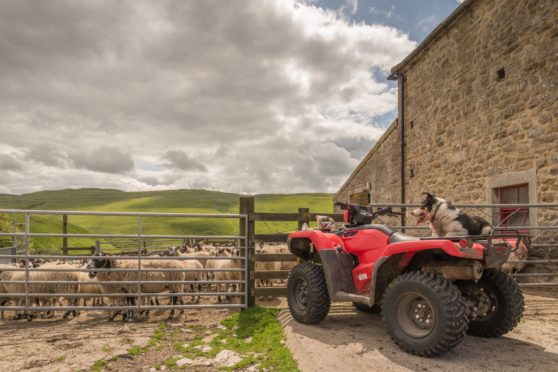Anyone glancing an eye over the English farming press recently would have noticed articles calling for reforms to address short-termism in the tenanted sector south of the border.
New leases in England now average a little over three years, and in the case of the Church of England, one of their bigger landlords, are just over two years.
While English farm policy is now centred on the long-term measures of environmental and soil health gains, the short-term nature of the tenanted sector (which accounts for over a quarter of UK farmland) encourages the opposite – exploitation of the land and little opportunity for environmental gains.
There is increasing alarm in England at the prospect of a very uneven playing field between owner-occupiers and tenants resulting from their new farm policy.
No matter how conscientious a farmer might be, is it a sound financial decision for he or she to make long-term environmental investments on land with security of tenure of only a few years? Did the English policy makers, who rushed in a new Common Agricultural Policy replacement, think about the feasibility for the tenanted sector?
This is a clear warning that if our tenanted sector is to be maintained, policy must be designed with tenancies in mind.
Scotland’s tenanted sector also suffers from short-termism, though thanks to the work of the Scottish Land Commission and the Tenant Farming Commissioner, we are taking steps to address the issue which have not gone unnoticed south of the border.
Indeed, looking at a recent list of farm tenancy opportunities in the UK, the only long-term leases on offer of 20 years or more are in Scotland and some of these have been taken up by young farmers moving north from short-term leases in England.
However, while Scotland is making progress at increasing term lengths of new tenancies, our tenanted sector is coming under pressure from ambitious commercial forestry targets.
In contrast to England, across some of our upland farming areas which are the traditional route into farming for new entrants, non-secure tenancies are disappearing at an alarming rate to forestry interests – our own example of rural policy being developed without consideration for the tenanted sector.
While landowners have the freedom to take advantage of forestry grants, it is difficult for farm tenants to do so.
Fergus Ewing’s farmer-led groups, along with the current work of the Farming for 1.5 Degrees Panel, provide an insight into what future policy might look like.
If we are to see a level playing field between owner-occupiers and tenants then there are a number of obstacles facing the tenanted sector which our politicians and policy makers must recognise and address.
In addition to the short-term nature of many non-secure leases which will be a hindrance to the uptake of long-term environmental measures, a key obstacle is the restrictive nature of Scottish farm tenancies: governed by legislation developed over the last 150 years, tenancies are focused on the maintenance of agricultural production and only recognise a tenant’s investments in terms of increased agricultural output.
That fitted well with agricultural policy in the past, which focused solely on food production, but has been at odds with developments in environmental policy over the last 30 years, whereby farmers are encouraged to make environmental investments which could have a negative effect on agricultural productivity.
Despite some amendments to legislation in 2003, non-agricultural diversifications including tree planting and environmental measures still don’t fit well with farm tenancies.
If there is to be a level playing field for tenants in the future, they will need greater freedom as to what they can or can’t do on their holdings.
- Christopher Nicholson is chairman of the Scottish Tenant Farmers’ Association.

